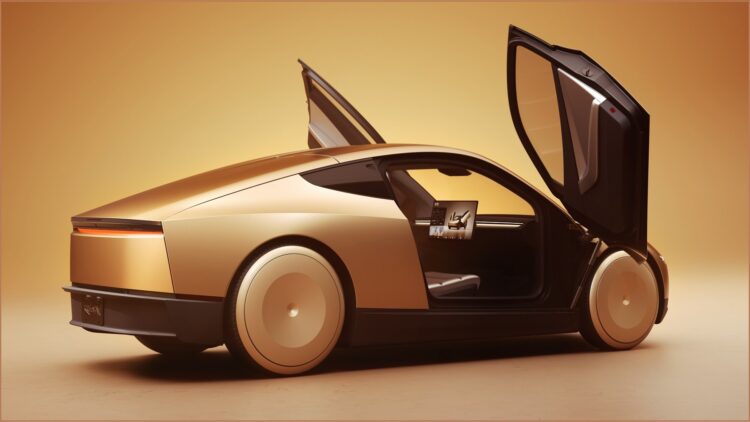NEWS
Tesla Robotaxi will have a never-before-seen detail: The first in history to operate without this

This is where Tesla’s innovative spirit continues with the upcoming Robotaxi, a revolution in technology and costs. This car model will have as few as 500 parts compared to a Tesla Model 3, making it less expensive, lighter, and the first automobile with a fully sustainable design.
Through cutting out parts, Tesla wants to reinvent the concept of autonomous transportation to show that less is more. The Robotaxi could revolutionize the ride-sharing and autonomous vehicle manufacturing space when it starts production in 2026.
The lack of a conventional steering wheel and rear seats underlines the company’s plan for self-driving cars. Eliminating pedals, rear doors, and even glass parts is thus strategic since it reduces manufacturing complexity while increasing structural dependability.
Every addition or omission has been made with precision to give the market a functional, economical, and sustainable vehicle. Tesla’s revolutionary ‘unboxing’ production model also provides evidence for this change.
The lack of a conventional steering wheel and rear seats underlines the company’s plan for self-driving cars. Eliminating pedals, rear doors, and even glass parts is thus strategic since it reduces manufacturing complexity while increasing structural dependability.
Every addition or omission has been made with precision to give the market a functional, economical, and sustainable vehicle. Tesla’s revolutionary ‘unboxing’ production model also provides evidence for this change.
From design to dollars: How fewer parts make a difference
Reducing such parts to almost negligible value is the primary cost-saving source. With only half the parts of the Model 3, Tesla wants the Robotaxi to be as cheap as $30,000—Tesla’s cheapest car yet. This price point is revolutionary; it opens up the concept of autonomous transport to a new audience and creates a new low cost of production in the EV market.
Lessening parts also means that the company will be able to have fewer expenses to undertake its operations. Fewer parts may fail or wear out, so maintenance is more straightforward and cheaper. This efficiency is desirable in a car designed to run round-the-clock in one of the ride-sharing services that has become popular nowadays and where a vehicle’s availability is a key factor.
Even though Tesla’s decision to simplify is economic, it is also an environmental decision. Fewer parts also mean less material usage and waste during production, which fits with Tesla’s goal to drive the change to energy sustainability. Such an emphasis on sustainability could pave the way for the entire automotive sector.
Additionally, the minimalist approach cuts down the length of production lines, and thus, the company can increase manufacturing rates quickly. This efficiency will assist in meeting the expected market demand once the Robotaxi vehicle is out in the market.











